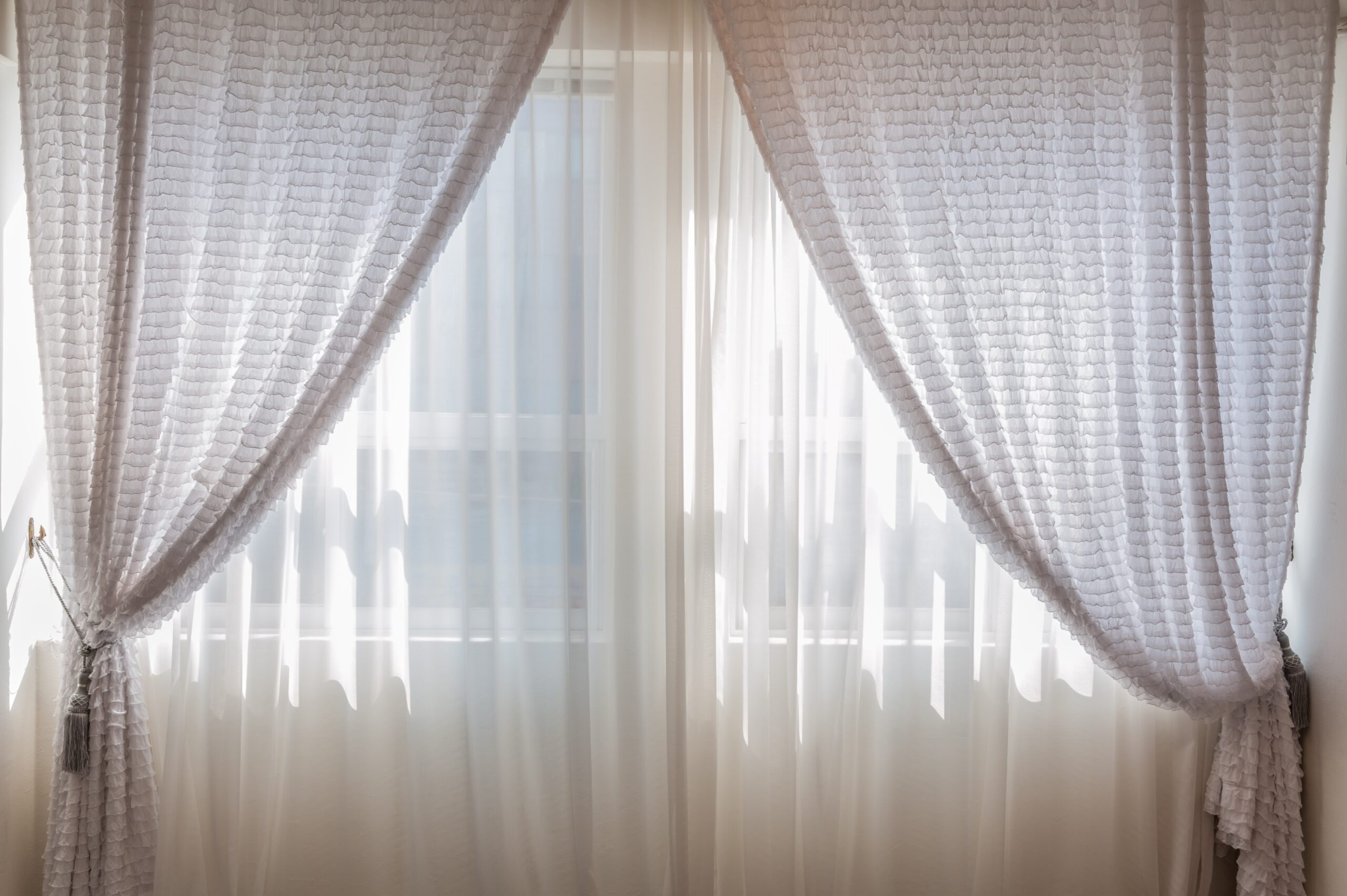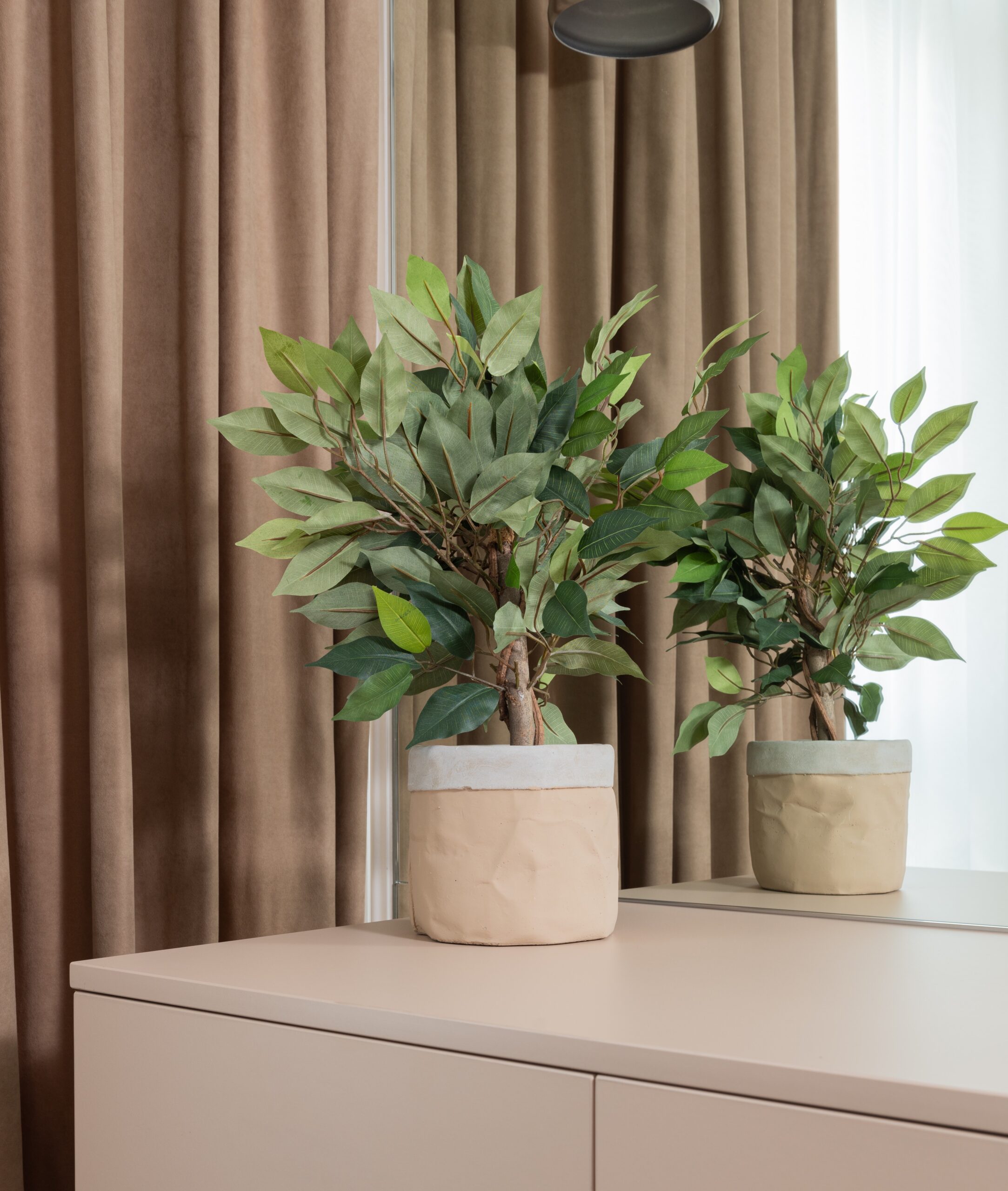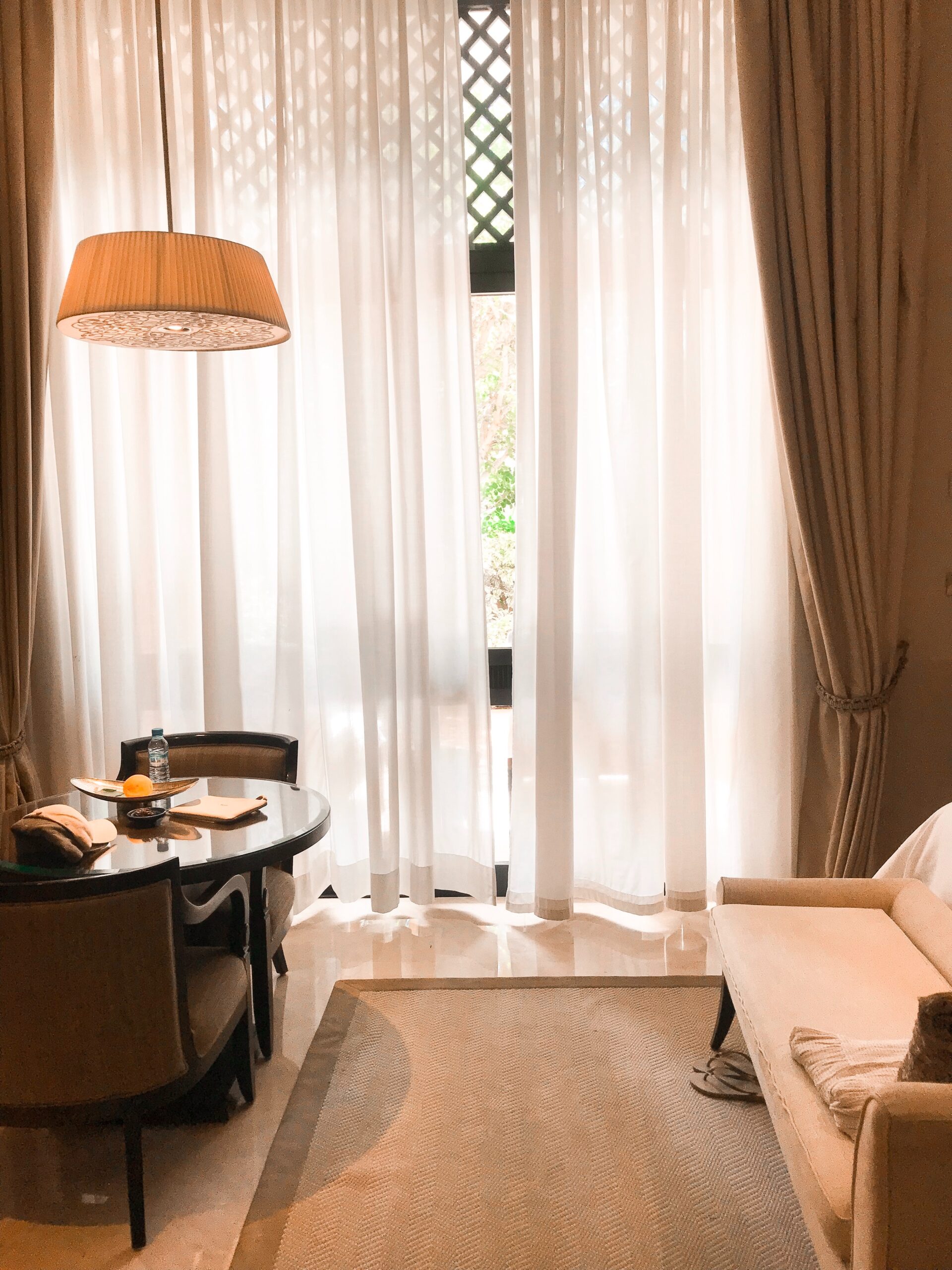The Process of Carpet Mold Treatment and Prevention
Mold growth in carpets is a common problem, especially in areas with high humidity or frequent moisture exposure. Mold not only damages the carpet but also poses serious health risks. Understanding how to treat and prevent carpet mold is crucial for maintaining a healthy living environment. This guide provides a detailed overview of the process of carpet mold treatment and effective prevention strategies.
Understanding Carpet Mold
What Causes Carpet Mold?
Carpet mold occurs when moisture becomes trapped in the carpet fibers and the underlying padding, providing a perfect breeding ground for mold spores. Common causes include:
- Water Damage: Leaks, floods, or spills that are not promptly and thoroughly dried.
- High Humidity: Indoor environments with consistently high humidity levels.
- Poor Ventilation: Lack of proper airflow, especially in basements or closed rooms.
Health Risks Associated with Carpet Mold
Exposure to mold can lead to various health issues, including:
- Respiratory Problems: Coughing, wheezing, and shortness of breath.
- Allergic Reactions: Sneezing, itchy eyes, and skin rashes.
- Toxic Effects: Certain molds produce mycotoxins that can cause more severe health problems.
Identifying Carpet Mold
Visual Inspection
Mold can appear as discolored patches on the carpet, often in shades of green, black, or white. Regularly inspect areas prone to moisture for any signs of mold.
Odor Detection
A musty smell is a strong indicator of mold growth. If you notice an unpleasant odor in a room with carpet, it’s essential to investigate further.
Professional Assessment
For a thorough assessment, consider hiring professionals who can use specialized equipment to detect mold growth that may not be visible to the naked eye.
Carpet Mold Treatment Process
Step 1: Isolate the Affected Area
To prevent mold spores from spreading to other parts of the home, isolate the affected area. Use plastic sheeting and tape to seal off the room or section of the carpet.
Step 2: Remove Moisture Source
Identify and address the source of moisture. Fix any leaks, improve drainage, and use dehumidifiers to reduce humidity levels. Ensuring the area is dry is crucial before proceeding with mold removal.
Step 3: Remove the Affected Carpet
In cases of severe mold infestation, the best solution may be to remove and discard the affected carpet and padding. Wear protective gear, such as gloves and a mask, to prevent exposure to mold spores.
Step 4: Clean and Disinfect
For less severe cases, follow these steps to clean and disinfect the carpet:
- Vacuum the Carpet: Use a vacuum cleaner with a HEPA filter to remove loose mold spores.
- Apply a Cleaning Solution: Use a mixture of water and mild detergent or a commercial mold cleaner. Apply the solution to the affected area and scrub with a brush.
- Rinse and Extract: Rinse the area with clean water and use a wet/dry vacuum to extract as much moisture as possible.
- Disinfect: Apply a disinfectant to kill any remaining mold spores. Follow the manufacturer’s instructions for proper application.
Step 5: Dry Thoroughly
Drying the carpet completely is essential to prevent mold from returning. Use fans, dehumidifiers, and open windows to promote airflow and speed up the drying process.
Step 6: Dispose of Contaminated Materials
Properly dispose of any materials contaminated with mold, including carpet padding, cleaning rags, and protective gear. Seal them in plastic bags before discarding them to prevent mold spores from spreading.
Preventing Carpet Mold
Maintain Low Humidity Levels
Keep indoor humidity levels below 60% to prevent mold growth. Use dehumidifiers in damp areas and ensure proper ventilation, especially in bathrooms, basements, and kitchens.
Promptly Address Spills and Leaks
Clean up spills immediately and dry the area thoroughly. For larger leaks or floods, professional water damage restoration services may be necessary to ensure complete drying.
Regular Cleaning and Maintenance
Vacuum carpets regularly to remove dust and dirt that can contribute to mold growth. Schedule professional carpet cleaning at least once a year to maintain a healthy environment.
Use Mold-Resistant Materials
When replacing carpets, consider using mold-resistant padding and carpets treated with antimicrobial agents. These materials can provide additional protection against mold growth.
Conclusion: Ensuring a Mold-Free Home
Mold in carpets can be a serious issue, but with the right knowledge and actions, it can be effectively treated and prevented. Regular inspections, prompt moisture control, and thorough cleaning are key to maintaining a healthy, mold-free environment. By following the outlined treatment and prevention strategies, you can protect your carpets and ensure a safer living space for you and your family.
Maintaining vigilance and taking proactive steps are essential in the fight against carpet mold. Whether dealing with existing mold or preventing future growth, these practices will help you keep your home clean, healthy, and comfortable.



Contact Us
Our team of experienced and certified technicians will work diligently to clean every nook and cranny of your carpets, leaving them refreshed and looking like new again. In addition, we also offer a wide range of other services such as upholstery cleaning, pet stain removal, and more.
